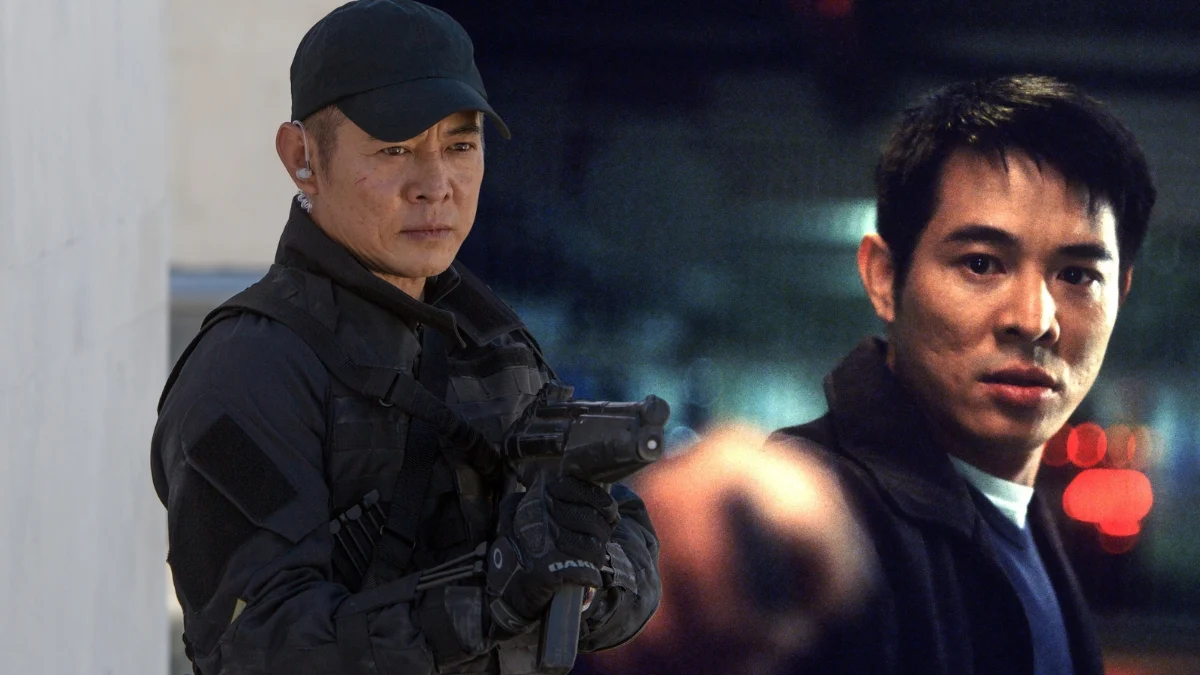
Jet Li is famous for bringing incredible martial arts skills to both Chinese and Hong Kong films, as well as big Hollywood productions. He combines traditional wushu with exciting, camera-ready fight scenes. Here are ten of his most memorable movie moments, with a few extra notes about his career when they help explain things. We’ll focus on specific details – his acting, the fight choreography, how the movies were made, and how they influenced the industry – to give you a quick look at the roles and projects that made him a legend.
‘Shaolin Temple’ (1982) – A breakout filmed at the real monastery
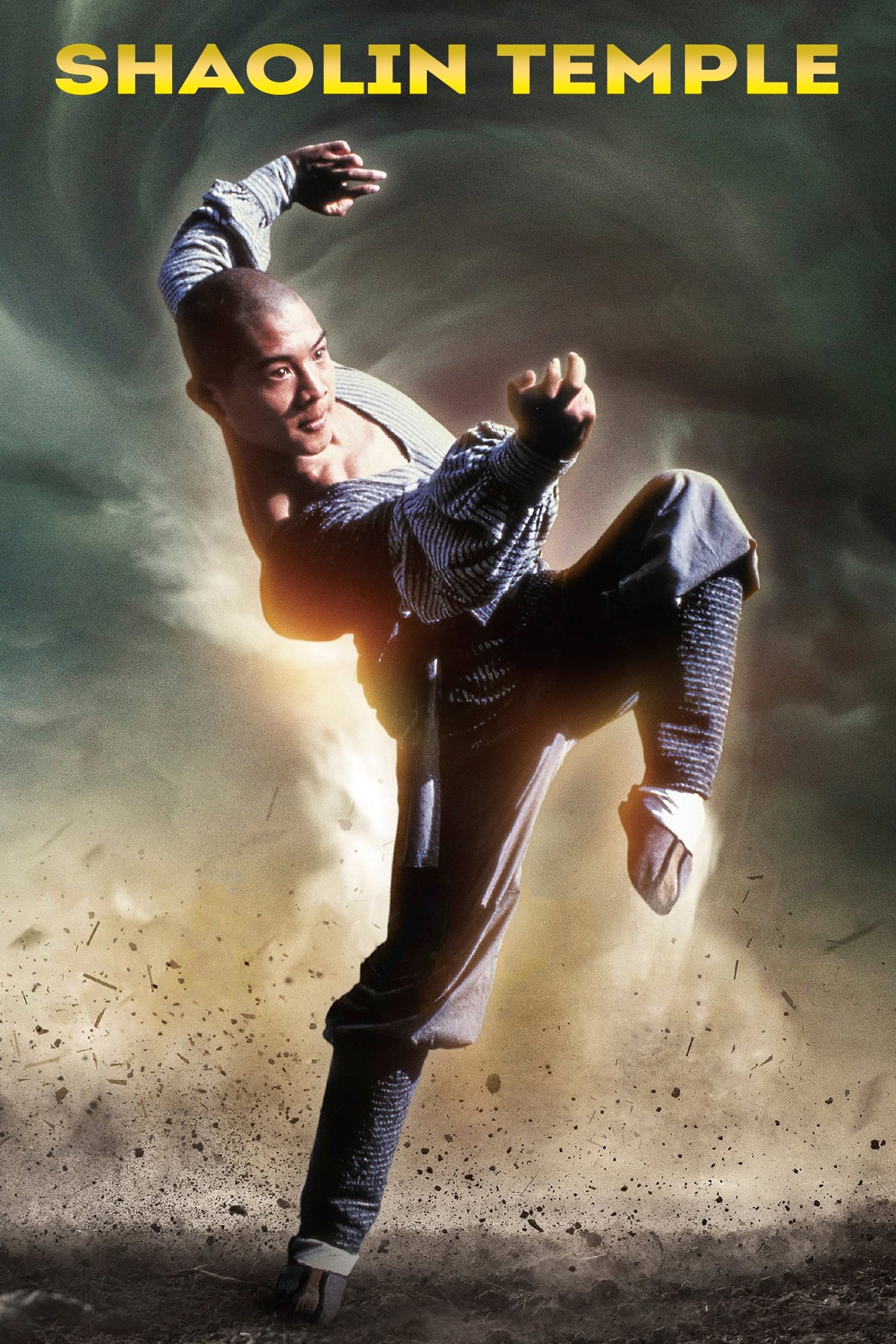
Filmed at the real Shaolin Monastery in China, this movie was Jet Li’s breakout role, coming after his success as a national wushu champion. It featured long, impressive scenes of traditional Shaolin training, including forms, weapons, and group exercises. When released in China, the film was a huge hit, sparking greater interest in Shaolin culture and attracting tourists. Its popularity led to several sequels and made Jet Li a star in martial arts films.
‘Once Upon a Time in China’ (1991) – Defining Wong Fei-hung for a new era

Jet Li’s performance as the legendary Wong Fei-hung was central to Tsui Hark’s ambitious historical film, which featured stunning action sequences created with wire work. The fights on rooftops and ladders became iconic parts of the series, mixing fast-paced choreography with the dramatic flair of Cantonese opera. The movie successfully updated a beloved Hong Kong hero for new viewers and sparked several sequels. It combined patriotic ideas, concerns about Western influence, and large-scale action, becoming a model for kung-fu films of the 1990s.
‘Fist of Legend’ (1994) – Precision fighting with Yuen Woo-ping

This new version of Bruce Lee’s ‘Fist of Fury’ focused on realistic fighting with precise movements and powerful hits, rather than relying on flashy special effects. Fight choreographer Yuen Woo-ping created battles that highlighted strategy, timing, and how fighters adjusted to different styles. The fights in the training hall and the final showdown were built to demonstrate skill progression, not just visual spectacle. The film’s clear and fluid camera work made it a key influence for action sequences in later movies.
‘Lethal Weapon 4’ (1998) – Hollywood debut as a formidable antagonist

Jet Li launched his American film career by playing the main villain, showcasing his fast-paced martial arts – including quick strikes, low kicks, and weapon disarming – within a classic buddy-cop story. The fight scenes were unique, contrasting his close-combat style with the heroes’ reliance on guns. He didn’t need much dialogue, letting his physical performance and precise timing speak for itself. This role introduced him to a wide American audience and helped him land leading roles in future films.
‘Romeo Must Die’ (2000) – First major U.S. lead with modernized fight beats
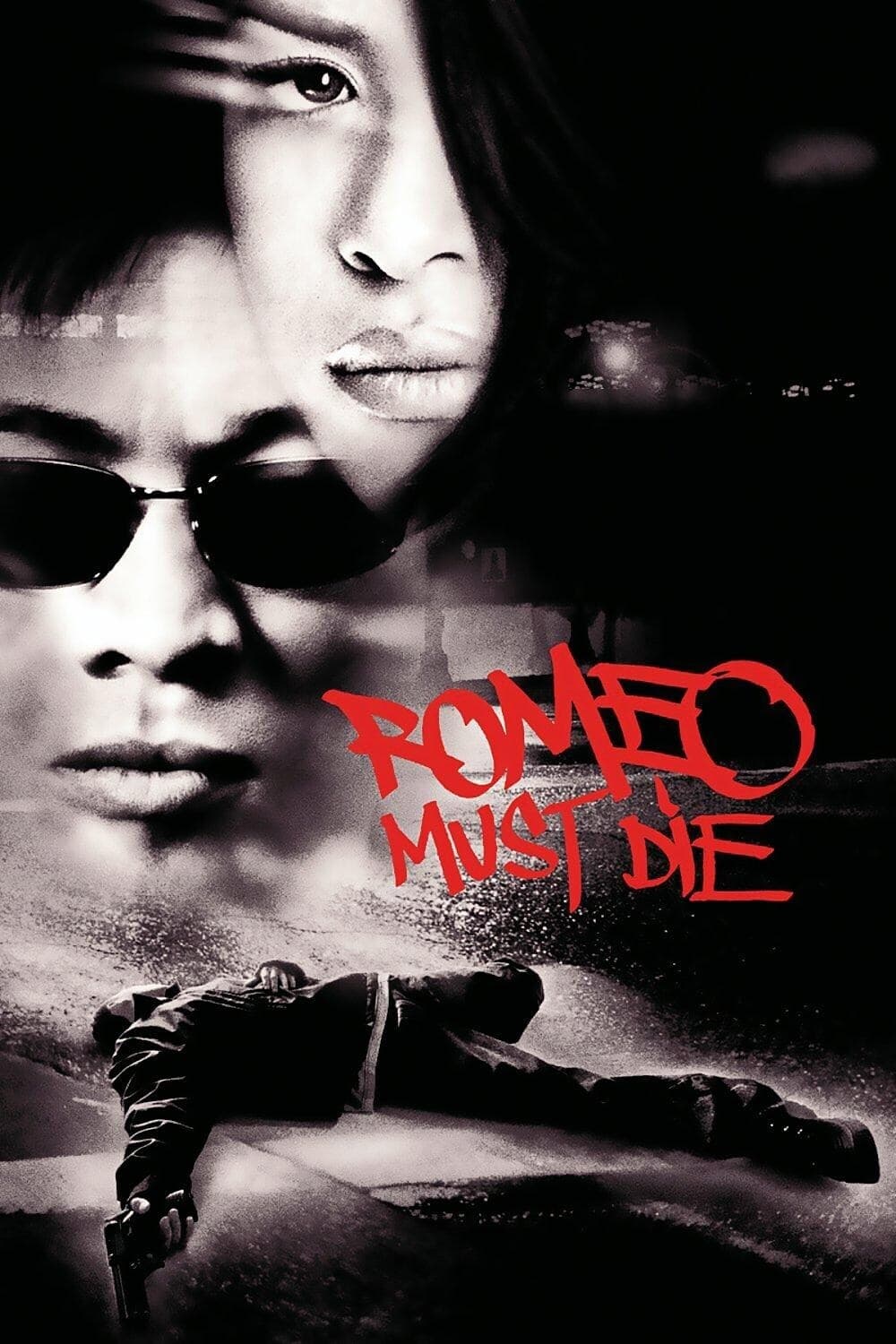
Let me tell you, Li absolutely commanded the screen. His action sequences weren’t just fighting; they were breathtaking displays, seamlessly blending martial arts with the gritty realism of a modern city. We’re talking wire work that felt organic, fights utilizing everything around him – glass, railings, tight spaces – it was incredibly inventive. The filmmakers smartly avoided overusing CGI, instead opting for practical effects that made every punch and every fall feel genuinely impactful. Honestly, this film cemented Li’s status as a true action star, and I expect we’ll be seeing a lot more of him in English-language films going forward.
‘The One’ (2001) – Multiverse concept with style-versus-style choreography

This science fiction action movie featured Li portraying different iterations of the same character, allowing for exciting fight scenes where he battled himself and showcased unique movement styles for each persona. The fight choreography cleverly contrasted direct, straightforward attacks with fluid, circular movements to highlight the distinctions between these versions of the character. Visual effects and skilled doubles were used to create believable sequences of Li fighting his alternate selves. The film’s concept allowed for a unique structure where the story and the fight sequences mirrored each other, creating a “duel within a duel” effect.
‘Hero’ (2002) – Color-coded storytelling and prestige wuxia scale
Zhang Yimou’s film is divided into sections, each defined by a different color scheme, and focuses on Li’s character through changing viewpoints. Action sequences, like the lakeside duel and the fight in the rain-soaked courtyard, are beautifully choreographed and feature stunning aerial work. The film’s impressive visuals, achieved through large-format cinematography and detailed sets, turn even small fights into grand, dramatic scenes. Following its international release, Li gained wider recognition in independent and awards-focused film circles.
‘Cradle 2 the Grave’ (2003) – Cross-discipline match-ups in a heist framework
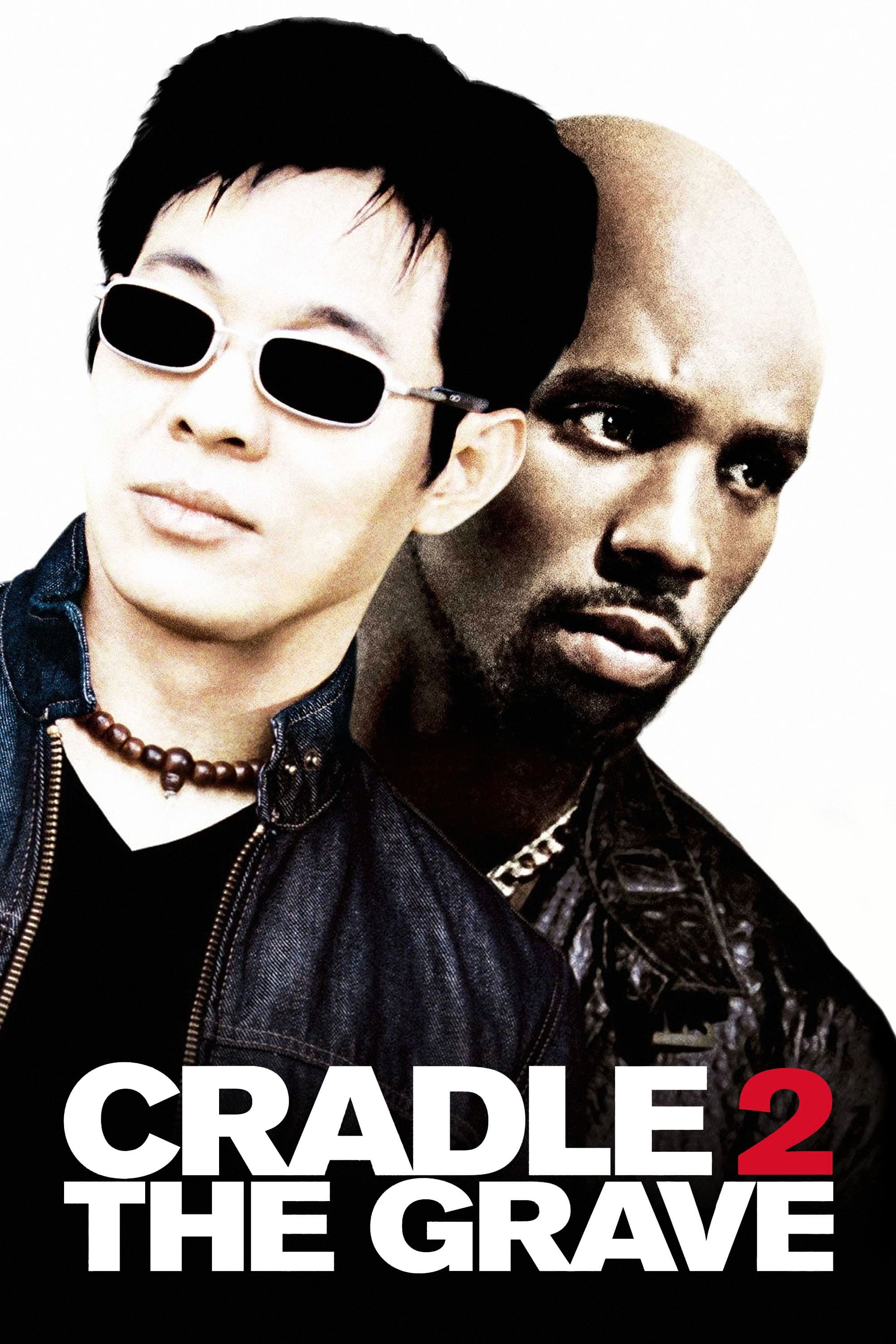
Li’s fight scenes involved opponents who combined different fighting styles, including both grappling and striking. The filmmakers used dynamic camera angles and quick edits to highlight smooth transitions and effective takedown defense. Filming in city environments and utilizing props helped keep the action quick and allowed for rapid restarts between attacks. This approach continued a trend from his earlier films in the 2000s, blending classic martial arts with modern settings.
‘Fearless’ (2006) – Huo Yuanjia biopic with codified duels
The film, based on the life of Huo Yuanjia, presented fight scenes as structured competitions, emphasizing the different styles of martial arts. These fights evolved from personal conflicts into displays of good sportsmanship and skill. Each scene carefully showcased proper technique – including posture, defense, and timing – within the rules of a tournament. Ultimately, the movie told a respectful, though not entirely accurate, story about China’s martial arts traditions.
‘The Forbidden Kingdom’ (2008) – First on-screen pairing with Jackie Chan

This fantasy film finally paired martial arts stars Jet Li and Jackie Chan, letting them both fight and team up. Li played two roles – the playful Monkey King and a quiet monk – showcasing his versatility in both comedic and serious scenes. The central fight between Li and Chan cleverly combined Chan’s inventive use of everyday objects with Li’s precise and powerful attacks. The movie blends familiar adventure story elements with exciting action sequences designed to appeal to a younger audience.
‘The Expendables’ (2010) – Ensemble action with specialist close-quarters
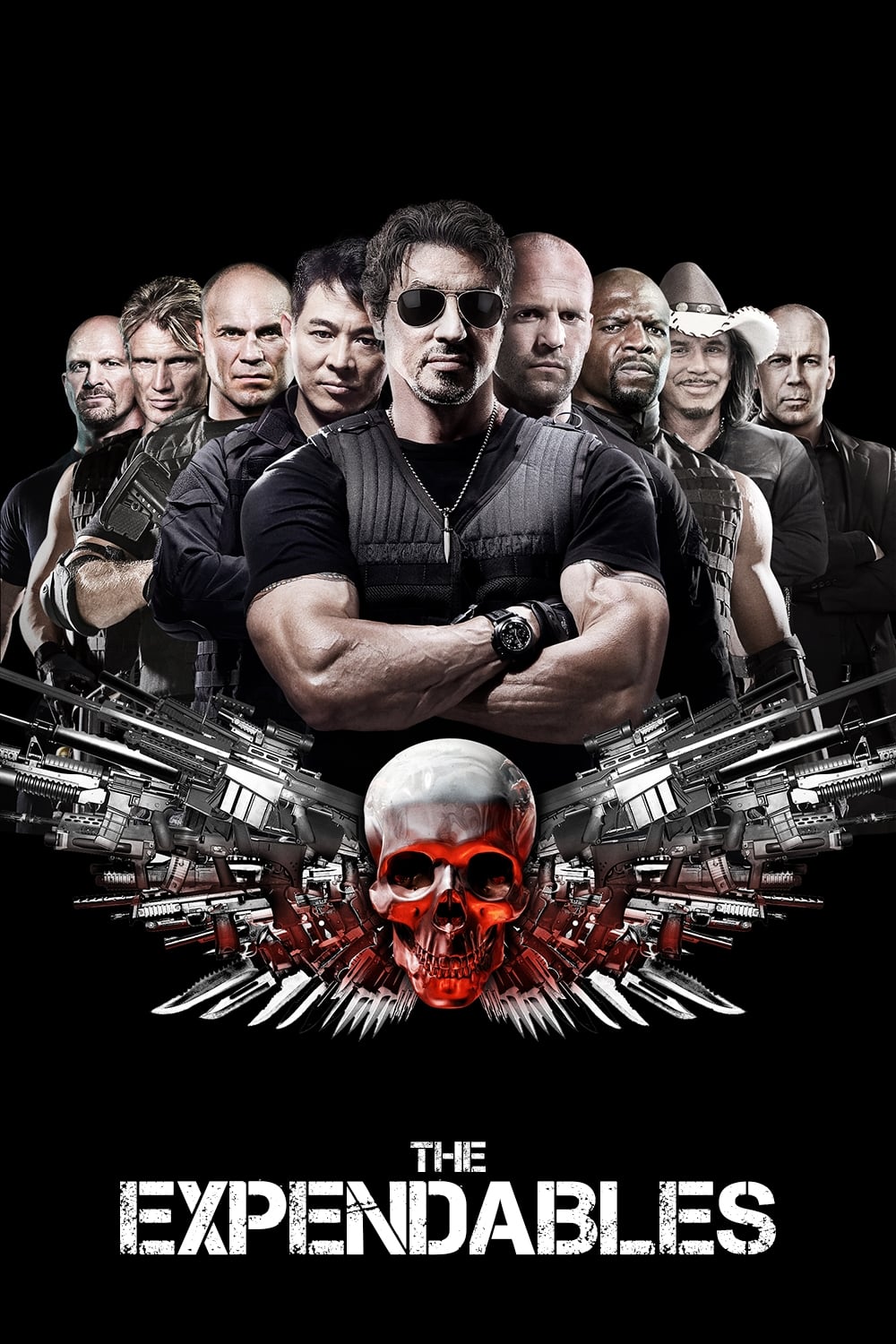
Li, known as Yin Yang, was a key fight choreographer who specialized in close-quarters combat using knives and quick takedowns, even in large-scale action scenes. His fight sequences were efficient and focused on gaining immediate control. The ongoing nature of the series allowed him to consistently demonstrate his skills alongside spectacular set pieces, and established his influence on the action design across multiple games.
Wushu foundation that shaped screen movement
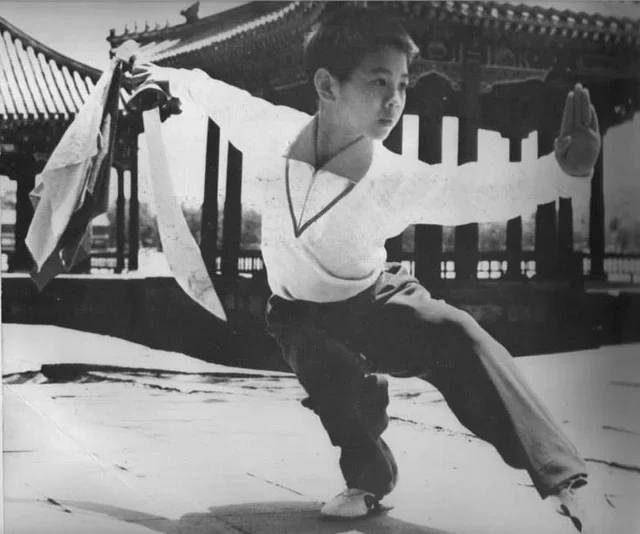
I’ve always been amazed by Jet Li’s incredible skills, and it all started with his rigorous training with the Wushu Team in Beijing. He wasn’t just practicing; he was competing and performing all over the country! That background in styles like changquan and working with weapons really gave him the technical foundation you see in all his movies. Plus, all those stage performances and tours weren’t just about showing off; they taught him perfect timing and how to connect with an audience – skills that translate beautifully to the camera. It’s no wonder he can seamlessly move between historical dramas, fast-paced thrillers, and even ensemble casts – that early training gave him the versatility to do it all.
Have a favorite Jet Li moment or movie we missed? Share your picks in the comments!
Read More
- Robert Kirkman Launching Transformers, G.I. Joe Animated Universe With Adult ‘Energon’ Series
- Avantor’s Chairman Buys $1M Stake: A Dividend Hunter’s Dilemma?
- EUR TRY PREDICTION
- NextEra Energy: Powering Portfolios, Defying Odds
- AI Stock Insights: A Cautionary Tale of Investment in Uncertain Times
- Hedge Fund Magnate Bets on Future Giants While Insuring Against Semiconductor Woes
- Ex-Employee Mines Crypto Like a Digital Leprechaun! 😂💻💸
- UnitedHealth’s Fall: A Seasoned Investor’s Lament
- The Illusion of Zoom’s Ascent
- Oklo’s Stock Surge: A Skeptic’s Guide to Nuclear Hype
2025-11-11 09:15